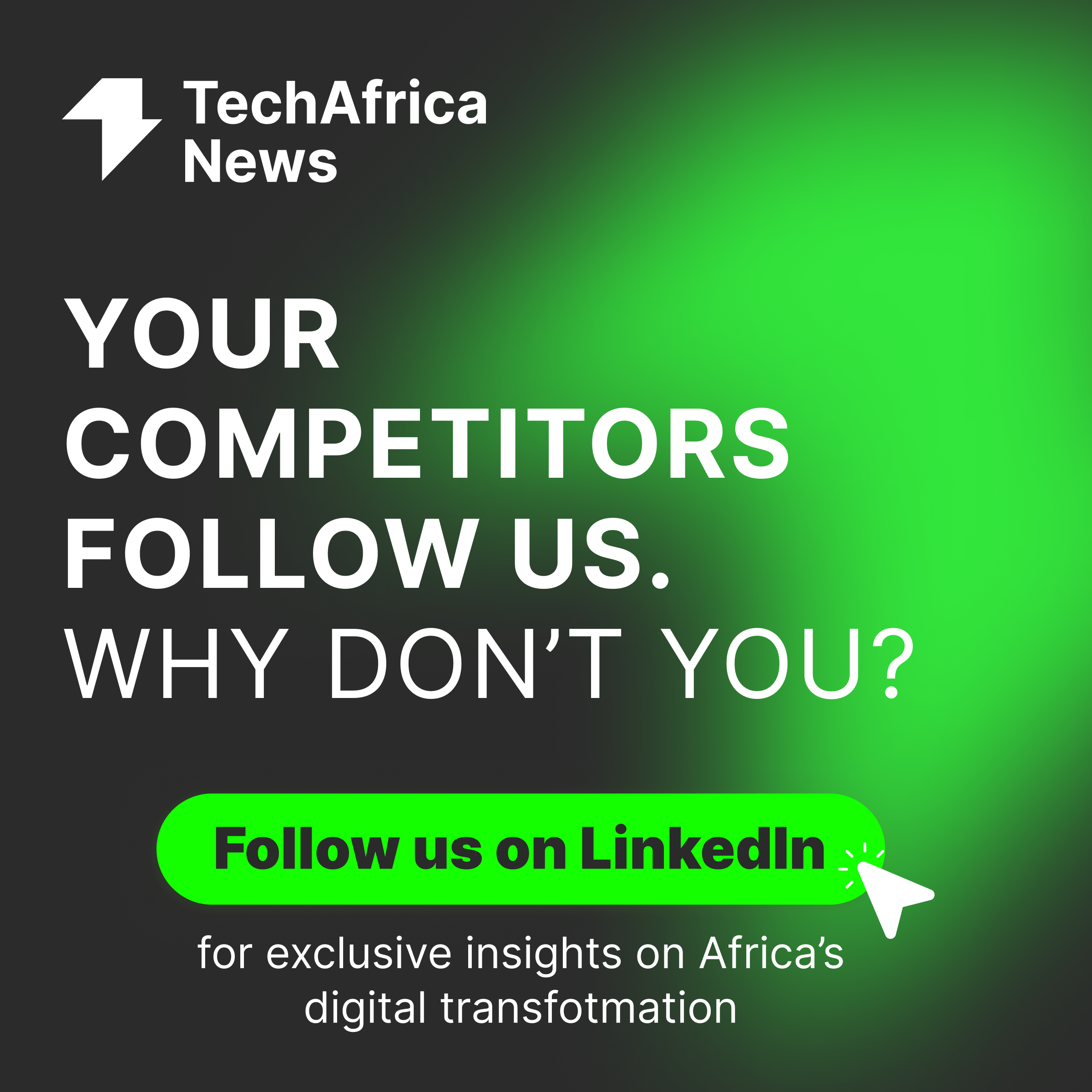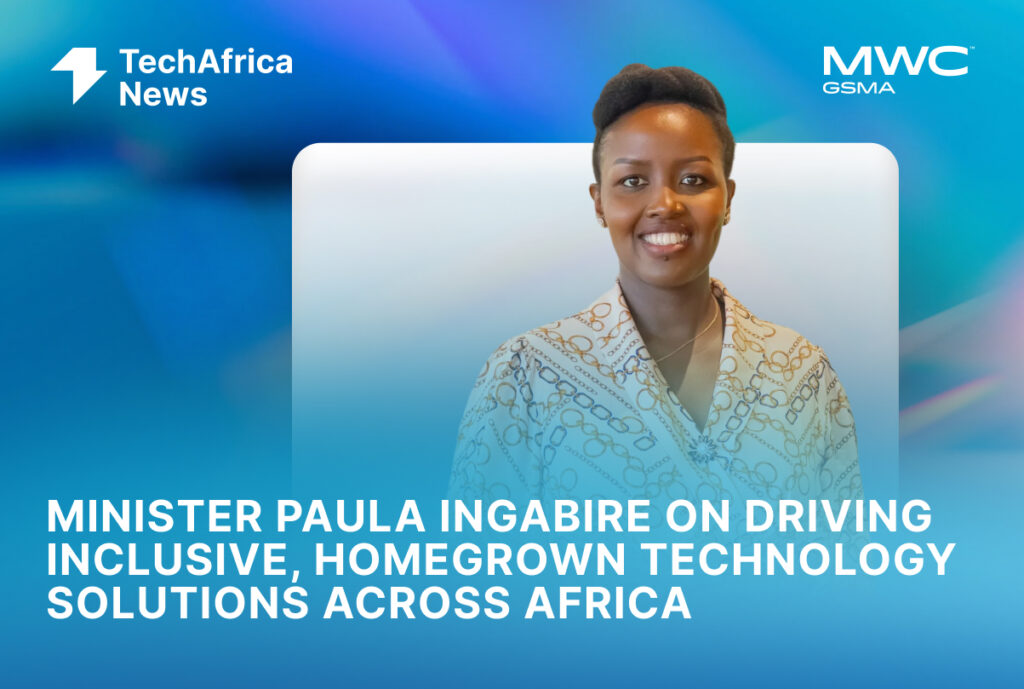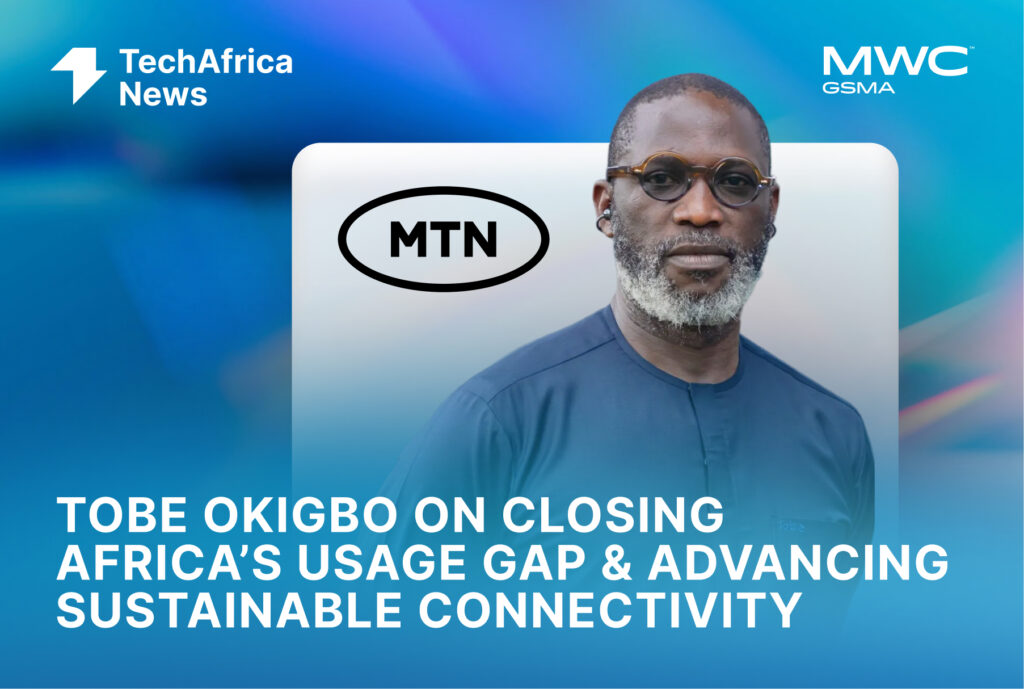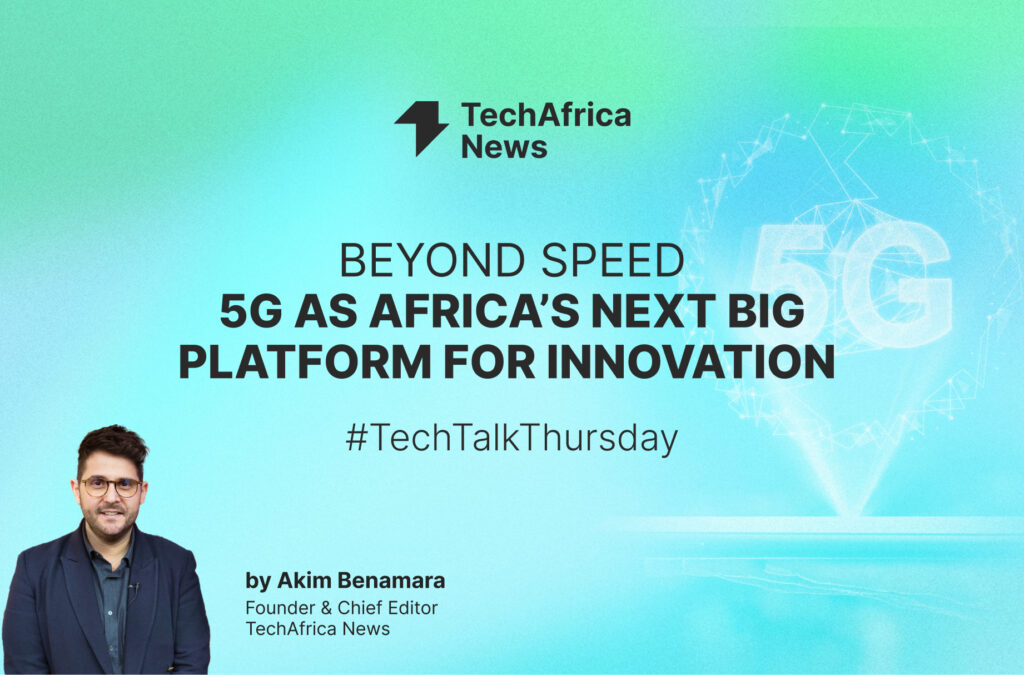Starlink in Africa: Is it Just Another Player in the Sky?
When Elon Musk’s Starlink made its African debut in 2023, starting with Nigeria, it didn’t just launch another internet service— it sparked a conversation that still echoes across the continent. Designed by SpaceX, Starlink brings high-speed, low-latency internet through a constellation of low Earth orbit (LEO) satellites, targeting areas where connectivity has long been unreliable, inaccessible, or downright nonexistent.
By now, Starlink’s reach extends to 17 African countries, including its initial launch sites, Nigeria and Mozambique, and most recently in Liberia. Unlike traditional satellite providers, which primarily focus on large-scale, business-to-business services, Starlink’s direct-to-consumer model is a bold step in redefining internet access. But is this just another satellite internet provider? Or has Starlink seemingly carved out a class of its own?
In a continent where internet access can mean the difference between progress and stagnation, Starlink’s arrival was hailed as a potential game-changer. Yet, its disruptive presence raises questions about its long-term impact. Does it complement existing infrastructure, or does it challenge the sovereignty of nations and the foundations laid by traditional satellite providers?
Is Starlink a hero in the fight to close Africa’s digital divide? Or is it a disruptor shaking the foundations of established systems built by traditional players? As this new player challenges the status quo, the conversation becomes clear: how can Africa balance the promise of Starlink’s innovation with the realities of its unique connectivity ecosystem?
This #TechTalkThursday article explores Starlink’s dual nature—both as a quick enabler for internet access and as a disruptor to the traditional connectivity landscape—and what this means for Africa’s future.
How Starlink Disrupts the Status Quo
Starlink’s entry into Africa has brought a fresh dynamic to the satellite internet market, challenging the traditional models and reshaping the narrative around connectivity.
Direct-to-Consumer Focus
Unlike traditional satellite providers, which primarily operate on a business-to-business (B2B) model catering to governments, telecom operators, and large enterprises, Starlink directly serves individual users and small businesses. This direct-to-consumer (D2C) strategy eliminates intermediaries, allowing for faster adoption and greater accessibility in regions where telecom infrastructure is either absent or unreliable.
Starlink’s streamlined user setup—a small satellite dish and terminal—also enables users to connect to high-speed internet with minimal technical support, a boon for rural and underserved communities.
Traditional players typically focus on supporting large-scale operations such as broadcast services, enterprise networks, and mobile backhaul, leaving the last-mile delivery to local telecom partners.
Fast and Flexible Deployment
Starlink’s LEO (low Earth orbit) satellite network is designed for agility, enabling swift deployment in regions where traditional satellite providers may face logistical or regulatory hurdles. The ability to deploy services rapidly allows Starlink to address immediate connectivity needs, particularly in emergencies or underserved areas, paving the way for broader digital inclusion.
First-Mover Advantage
With thousands of LEO satellites already in orbit, Starlink enjoys a robust infrastructure that can deliver high-speed internet across vast areas. Starlink’s footprint in Africa, spanning over a dozen countries as of now, demonstrates its potential to rapidly expand and dominate markets where traditional providers and newer entrants are just beginning to explore.
Also, while other companies are venturing into LEO and hybrid constellations, Starlink’s early lead has allowed it to refine its technology, gain user trust, and set the benchmark for satellite internet services.
The Value of Traditional Satellite Providers in Africa
Traditional satellite providers have long played a crucial role in Africa’s connectivity landscape, leveraging decades of experience and a focus on sustainable, community-driven development.
Local Investments and Contributions
Unlike newer entrants, these providers have made substantial investments in infrastructure across the continent. They have established ground stations, data centers, and operational hubs, creating employment opportunities and stimulating local economies. By paying taxes and adhering to national regulations, they contribute directly to the financial well-being of the countries in which they operate.
“Intelsat’s commitment to bridging connectivity gaps in regions like Africa goes beyond mere infrastructure; it’s about empowering communities with access to education, healthcare, and financial services.”
– Jean-Philippe Gillet, SVP Global Sales Media, Mobility & Networks, Intelsat
Strong Ties to Sovereign Economies
Traditional providers have cultivated deep relationships with African governments and local stakeholders. Their partnerships often extend beyond connectivity services to initiatives like disaster recovery support, educational programs, and healthcare projects, fostering trust and long-term collaboration.
Shared Value Ecosystems
Their business models prioritize building ecosystems that deliver more than profits. By working with telecom operators and local ISPs, they ensure connectivity solutions that are scalable and inclusive. Their initiatives often align with national development goals, underscoring their commitment to sustainable progress.
While Starlink brings agility and innovation, traditional satellite providers anchor Africa’s connectivity with stability, local integration, and shared value creation. Together, these models hold the potential to shape a more inclusive digital future for the continent.
Challenges and Controversies Facing the Global Company
While Starlink has made impressive strides in Africa, its operations face several challenges related to data sovereignty, regulatory compliance, and the absence of a local presence. These issues raise concerns about the long-term viability of its model and its relationship with African governments.
One of the primary concerns with Starlink’s model is the limited control African nations have over where and how data is stored or routed. Unlike traditional providers with local data centers, Starlink relies on uplink stations and satellites based outside the continent. This arrangement raises fears about foreign surveillance, privacy breaches, and the security of sensitive national data. In many African countries, regulations around data residency are becoming stricter, and Starlink’s operations could face scrutiny as governments move to enforce policies mandating that data be stored locally.
Starlink’s lack of physical infrastructure in many African countries, along with its absence of tax contributions and local employees, further complicates its relationship with governments. Starlink’s reliance on a channel model, where it works with local ISPs rather than directly establishing a strong in-country presence, has been criticized for not fostering enough local integration. This lack of physical presence has raised questions about its commitment to the African markets it serves.
Starlink has also faced regulatory hurdles (Regulatory Compliance and Licensing Issues) across multiple African markets. In South Africa, for example, authorities have mandated that Starlink adhere to strict local investment and licensing laws, including requirements for at least 30% local ownership and compliance with diversity metrics. Similarly, Kenya and other countries are implementing stringent requirements related to spectrum licenses and taxes. In Kenya, some have questioned the fairness of Starlink’s fee structure, which is pegged to its revenue, as it contrasts with the more traditional, locally-tailored models of ISPs. Starlink’s operations in Kenya have come under scrutiny with the introduction of new regulations that require the company to either pay $4 million annually or 0.4% of its turnover, on top of an existing $15 million license fee.
Also, on the consumer side, its cost structure has raised significant concerns, especially in a continent where affordability remains a critical issue. In countries like Nigeria, the cost of the hardware, which can exceed $500, coupled with monthly subscription fees, has already sparked frustration among potential users. Recently, Starlink raised its subscription fees in Nigeria, further intensifying debates about the accessibility of such services to the average African household.
Despite these challenges, the company’s ability to comply with local laws while maintaining its rapid expansion model remains a key factor in its future success across the continent.
Finally, the Future of Satellite Internet in Africa
Starlink’s entry into Africa represents a significant shift in the satellite internet landscape, offering both remarkable opportunities and complex challenges. However, the concerns surrounding data sovereignty, regulatory compliance, and its absence of a local presence highlight the need for careful consideration of the broader impacts on national economies and governance.
As Starlink continues to expand, African governments must strike a balance between embracing its transformative potential and safeguarding local interests. The company’s unique approach can complement traditional providers, but it must navigate the regulatory frameworks established by sovereign nations to ensure long-term sustainability and mutual benefits.
The satellite internet landscape is also evolving with emerging competitors like SES (with its O3b mPOWER) and Amazon’s Project Kuiper, which aims to challenge Starlink’s dominance. These players, though still in their early stages, are already shaping the future of satellite internet in Africa, making it crucial for all stakeholders to stay adaptive and forward-thinking.
“O3b mPOWER is our most powerful, technically advanced, flexible satellite constellation in space. As we increase the number of satellites in our constellation, we also exponentially increase the capacity and efficiency of our network. Ever since the start of service of O3b mPOWER earlier this year, we have seen how it has become an integral part of the connectivity experience of our customers. We have also learned a lot and have put all of those insights to work as we progress in our innovation journey to scale up our services and meet even the most sophisticated requirements of our customers.”
– Adel Al-Saleh, CEO, SES
Ultimately, the future of satellite internet in Africa will depend on how companies, governments, and local communities collaborate to leverage technology for inclusive and sustainable growth, while carefully managing the challenges that come with global-scale innovations.






